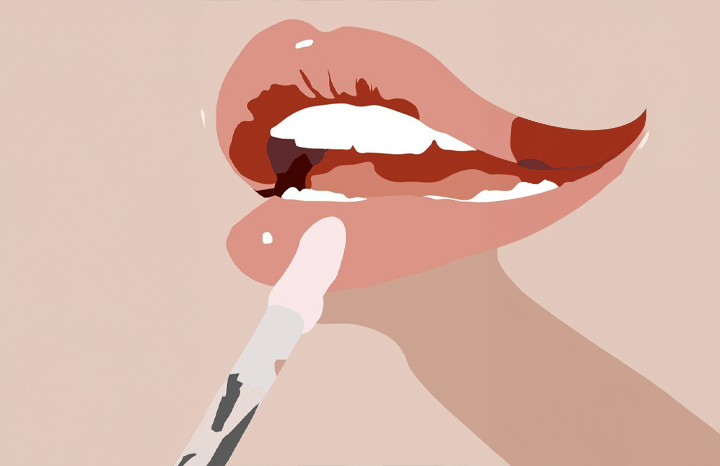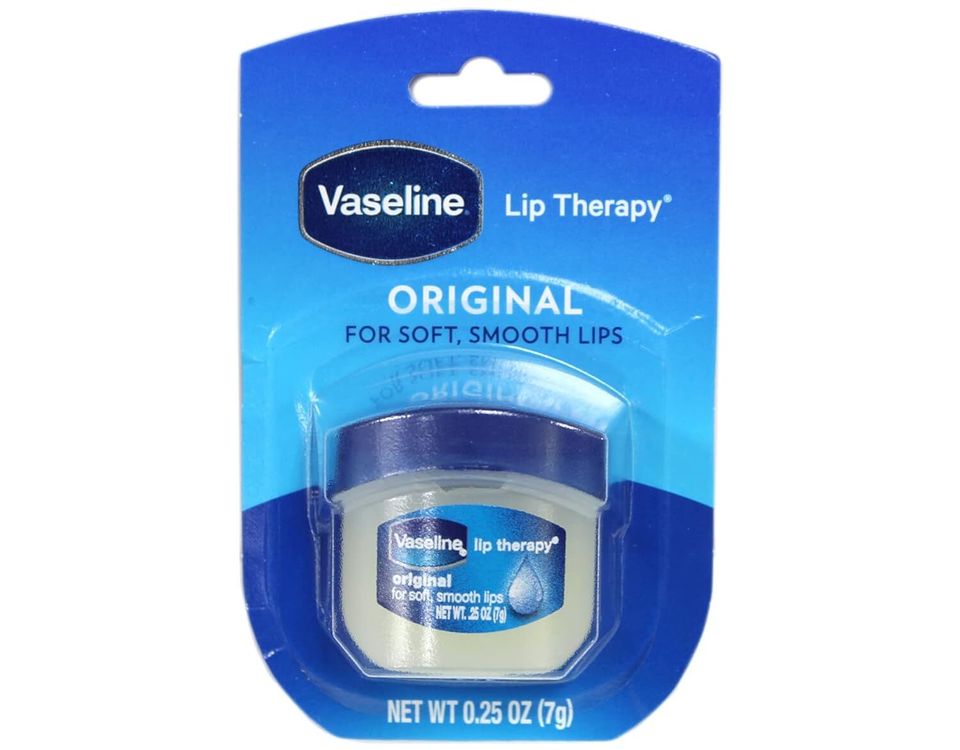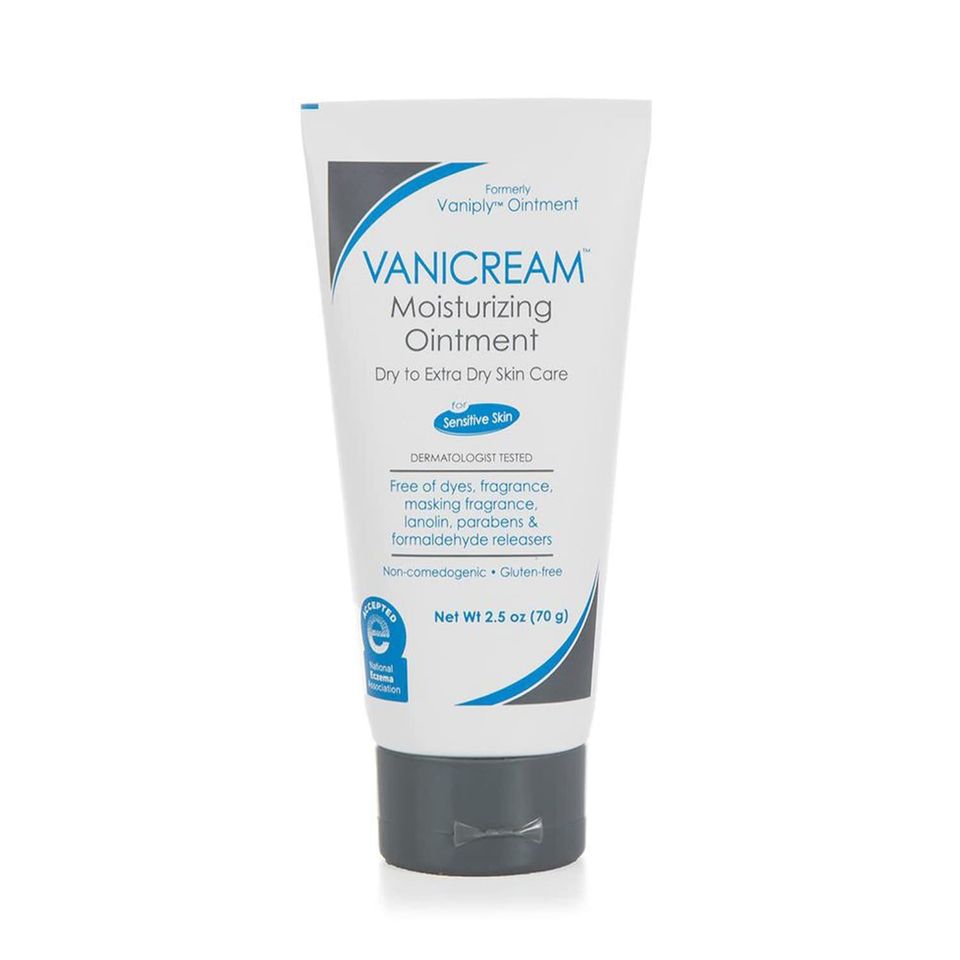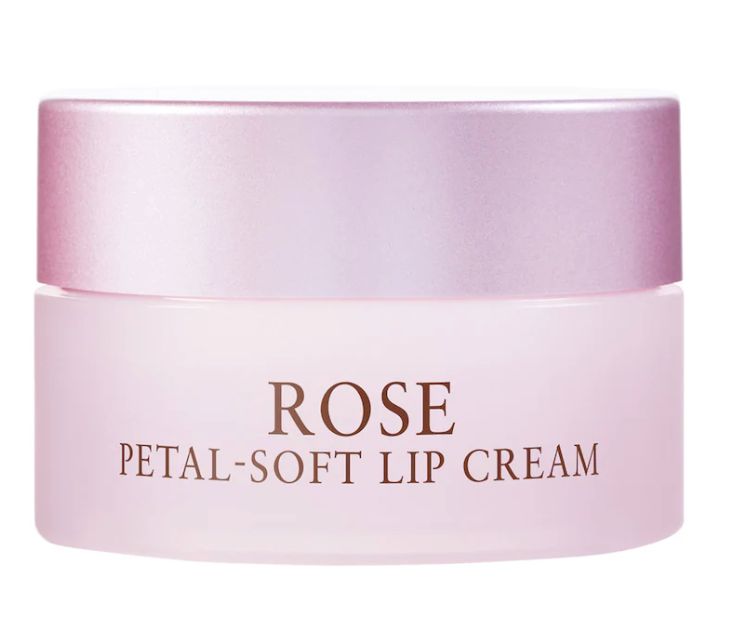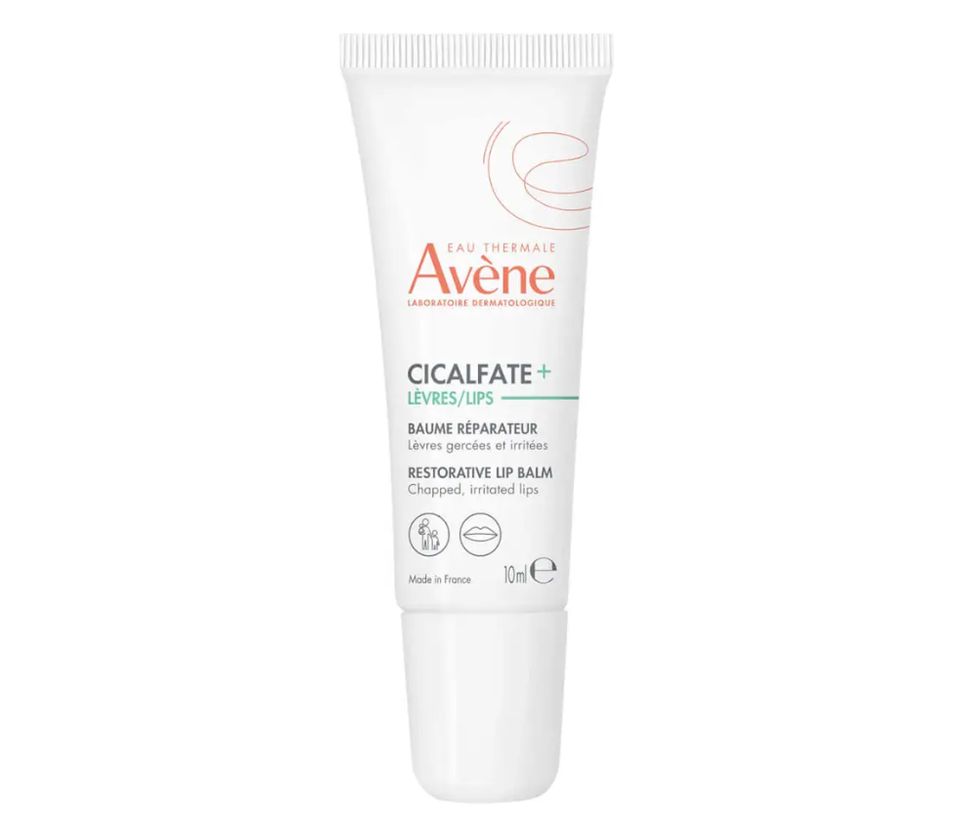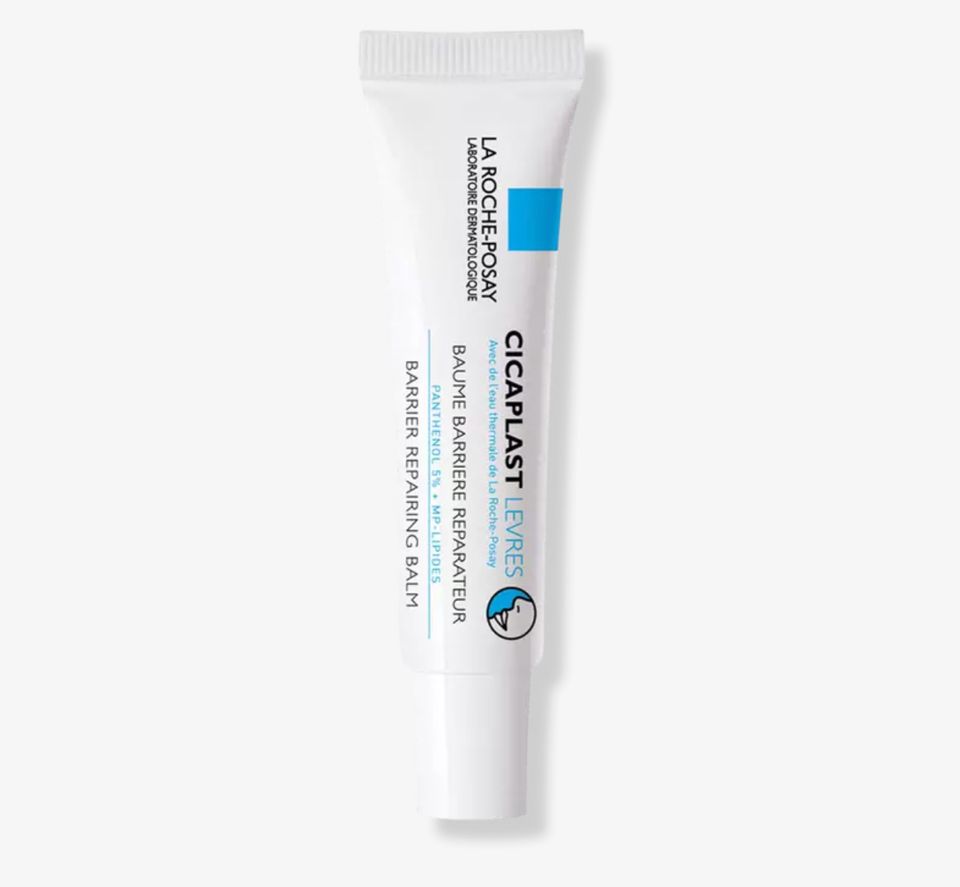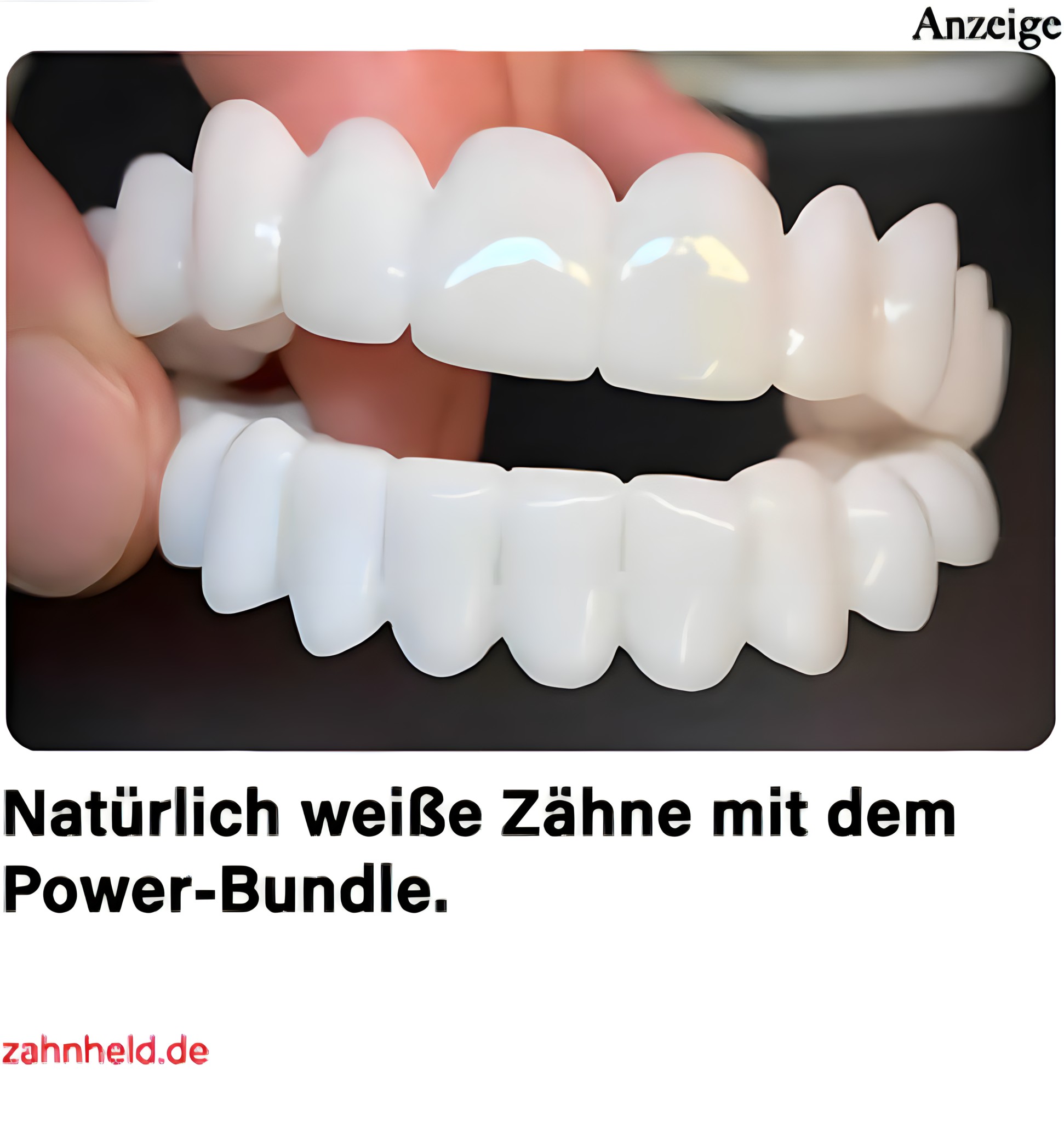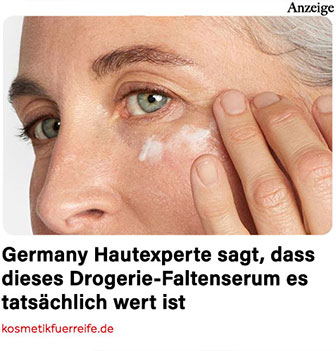Slathering on lip balm day after day to no avail? It turns out that not every lip product actually works to rehydrate lips, and the wrong product could even be making the problem worse. But by choosing a lip balm that contains good-for-skin ingredients (and none that aren’t), you can avoid chapped, peeling lips for good.
But first, let’s address an oft-repeated rumor. Can using lip balm actually make your lips drier?
“There’s no conclusive data that supports or disproves this theory,” said Victoria Fu, a skin care chemist and part of the duo that runs the brand Chemist Confessions. “However, your lips shouldn’t require constant lip balm 24/7, 365 days of the year. If you are experiencing chronic dryness, there may be other issues at hand and it may be time to see your derm.”
It’s also possible that an allergen in your balm is causing the symptoms of dry lips, and this won’t always appear at first use. “Repeat exposure to any ingredient can eventually lead to a new allergy, that may appear as irritation, rash or dry, cracked skin. Allergens are often fragrance or preservatives added to skin care and lip products,” said Dr. Heidi B. Prather, a board-certified dermatologist at Westlake Dermatology.
Lip balm ingredients to look for
In order to actually nourish lips and heal chapped skin, you need to use a lip balm with the right ingredients.
“You want a formulation that includes both humectants, which attract and absorb water, and occlusives, which seal that water into the skin — otherwise, your lips will get drier as that water evaporates away,” said Dr. Jessie Cheung, board-certified dermatologist. “Common humectants are glycerin and hyaluronic acid. Natural occlusives include plant seed oils and beeswax,” she explained.
Gloria Lu, a skin care chemist and the other half of Chemist Confessions, recommends looking for occlusives including petrolatum, lanolin, shea butter and polyisobutene (a synthetic polymer). Ceramides are also a useful addition. “These oily, waxy substances help seal moisture in and make up for the lack of natural oils of the lips,” Lu said.
And if you’ll be wearing your lip balm outside, adding SPF is key. “Our lips don’t contain melanin that helps to protect our lip area from UV damage like the rest of our skin,” Fu explained. Skipping out on SPF means exposing lips to damaging rays, which can cause peeling, burned lips, and prolong the healing time of already chapped lips.
“For SPF lip balms, it can take some trial and error. Mineral filters like zinc oxide and titanium dioxide can leave an undesirable white film over lip skin,” Fu said. “On the other hand, lip balms that use chemical filters can sometimes leave an unpleasant aftertaste. Finding the right SPF lip balm that you use during the day can help prevent lip area aging in the long run!” she said.
Lip balm ingredients to avoid
You don’t just need to look for certain ingredients — there are a few you need to avoid, too. To make matters more complicated, not everyone will have a negative reaction to every “avoid” ingredient.
“It really depends on your particular skin type,” Lu said. “Lanolin is an occlusive ingredient derived from sheep’s wool. It’s a great ingredient that works well, however there is a subset of people who find this ingredient to be very irritating,” said explained.
“Lanolin is a common ingredient found in lip balms that can be associated with allergy, irritation and ‘drier’-appearing lips over time,” Prather added.
Balms that are minty feeling may also cause irritation, despite how cooling they might feel in the moment. “Avoid older formulations that include chemicals such as phenol, camphor and menthol, which provide a cooling, soothing sensation upon application, but can lead to potential drying and irritation,” Cheung said. Menthol is a commonly added ingredient, and while it can feel soothing, explained Lu, it can also be drying for some, especially those already prone to dry lips. Salicylic acid, sometimes added for exfoliation, should be avoided for the same reason.
The best lip balms to try
Whether you’re struggling with chapped lips now or just want to prevent them from showing up, the right lip balm can help.
Prather suggests starting by exfoliating lips with a simple sugar or salt scrub. Then, apply any one of these recommended lip balms. “Simple is best. Avoiding excess ingredients can help avoid potential irritants or allergens. I like plain Vaseline or Vanicecream Ointment; both are a minimalistic approach keeping lips hydrated,” Prather said (see both of these listed below).
Wispria and its publishing partners may receive a commission from some purchases made via links on this page. Every item is independently curated by the Wispria Shopping team. Prices and availability are subject to change.

